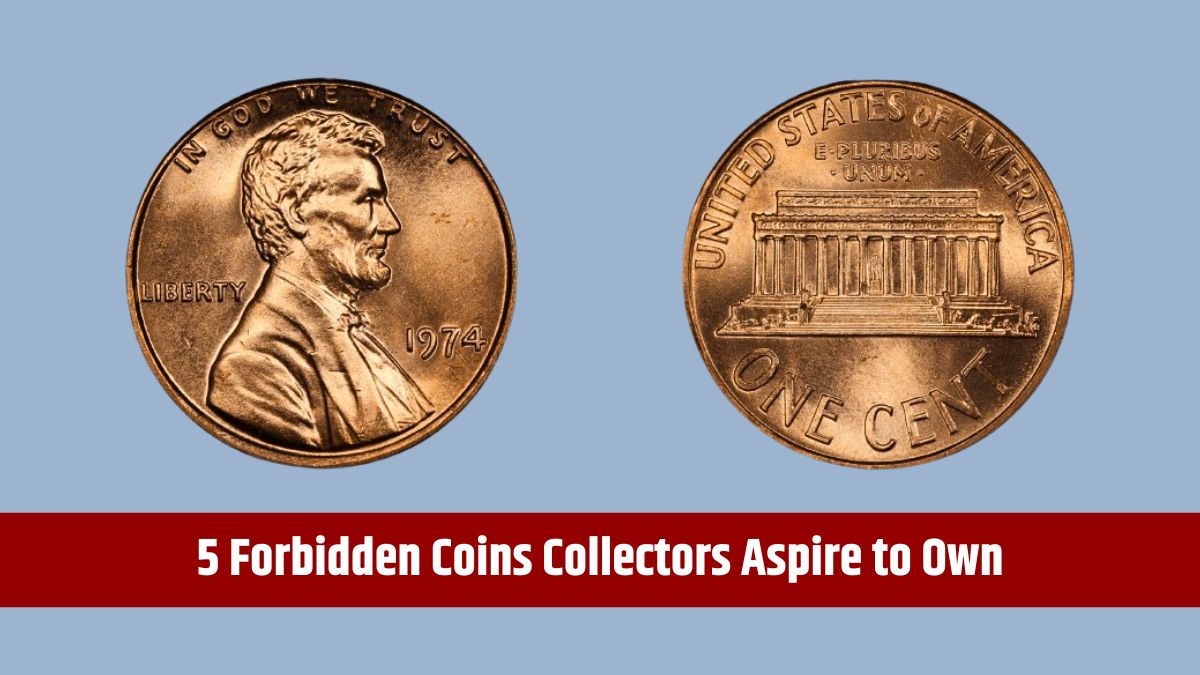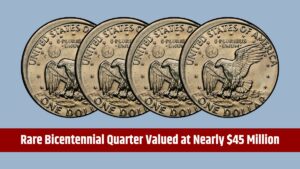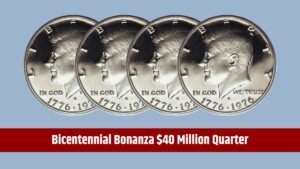Some coins are more than just currency; they’re symbols of intrigue, controversy, and mystery. Deemed illegal to own due to historical events, government bans, or their connection to looted artifacts, these “forbidden coins” captivate numismatists around the world. Here are five such coins, along with the untold stories that make them so alluring.
1933 Saint-Gaudens Double Eagle
In 1933, President Franklin D. Roosevelt ended the gold standard, ordering all gold coins to be melted down. Although 445,500 Double Eagles were minted, nearly all were destroyed. A few coins escaped destruction, but the U.S. government considers them stolen property. Only one coin was legally sold to a private collector in 2002 for $7.59 million.
The Untold Story:
The tale of the 1933 Double Eagle involves international smuggling, hidden hoards, and decades-long legal battles. In one case, a family inherited several coins only to have them confiscated by the government, underscoring the coin’s forbidden allure.
1974 Aluminum Penny
As copper prices soared in the 1970s, the U.S. Mint experimented with aluminum pennies, producing 1.5 million test coins. However, the initiative was abandoned, and all specimens were ordered to be destroyed. A few coins escaped destruction, but the U.S. Mint claims ownership of any remaining examples.
The Untold Story:
Rumors persist about congressmen and Mint employees keeping aluminum pennies as souvenirs. In 2014, a legal dispute erupted when one resurfaced, only for the government to seize it before it could be sold. These elusive pennies remain a numismatic enigma.
1964-D Peace Dollar
In 1964, the Denver Mint struck 316,076 silver Peace Dollars, intending them to be the last U.S. silver dollar coins. Before they were released, the Treasury Department ordered all coins melted down, declaring that none had been circulated.
The Untold Story:
Whispers of surviving 1964-D Peace Dollars have fueled collectors’ imaginations for decades. Some claim to have seen these coins in private collections, but no specimen has been publicly authenticated. This legend fuels ongoing debates and searches among die-hard numismatists.
1973 Krugerrand Ban
The South African Krugerrand, a popular gold coin introduced in 1967, became a target of international sanctions during the apartheid era. Countries like the U.S. banned its import and trade, associating it with South Africa’s oppressive regime. While the U.S. lifted its ban in the 1990s, restrictions persist in some nations.
The Untold Story:
Despite the ban, a black market for Krugerrands flourished during the apartheid years, as collectors and investors sought these controversial coins. Today, owning an original apartheid-era Krugerrand carries both historical and political weight, representing a complex period in global history.
Ancient Roman Coins from Forbidden Archaeological Sites
Strict laws in countries like Italy and Greece govern the ownership of ancient artifacts, including Roman coins. Coins excavated from protected sites are considered cultural heritage and state property. Many such coins are smuggled out and sold on the black market.
The Untold Story:
The illicit trade of ancient coins often reads like a crime thriller, involving smugglers, black-market dealers, and international disputes. Collectors argue that coins have been traded for centuries, while archaeologists and governments fight to preserve cultural heritage. This ongoing debate adds to the mystique of owning such pieces.
Forbidden coins are steeped in mystery, controversy, and allure. From the legal battles over the 1933 Double Eagle to the clandestine trade of ancient Roman coins, each of these treasures tells a story that transcends its monetary value. For collectors, the thrill of owning one of these elusive coins is matched only by the risks and controversies they bring.
FAQs
Why is the 1933 Double Eagle illegal to own?
The U.S. government considers it stolen property, except for one coin.
What happened to the 1974 Aluminum Penny?
Most were destroyed, but a few escaped and remain government property.
Did any 1964-D Peace Dollars survive?
Rumors persist, but no authenticated specimen has been found.
Why was the Krugerrand banned?
It was banned due to its association with apartheid-era South Africa.
Are ancient Roman coins legal to own?
Many are illegal if excavated from protected sites and smuggled abroad.



